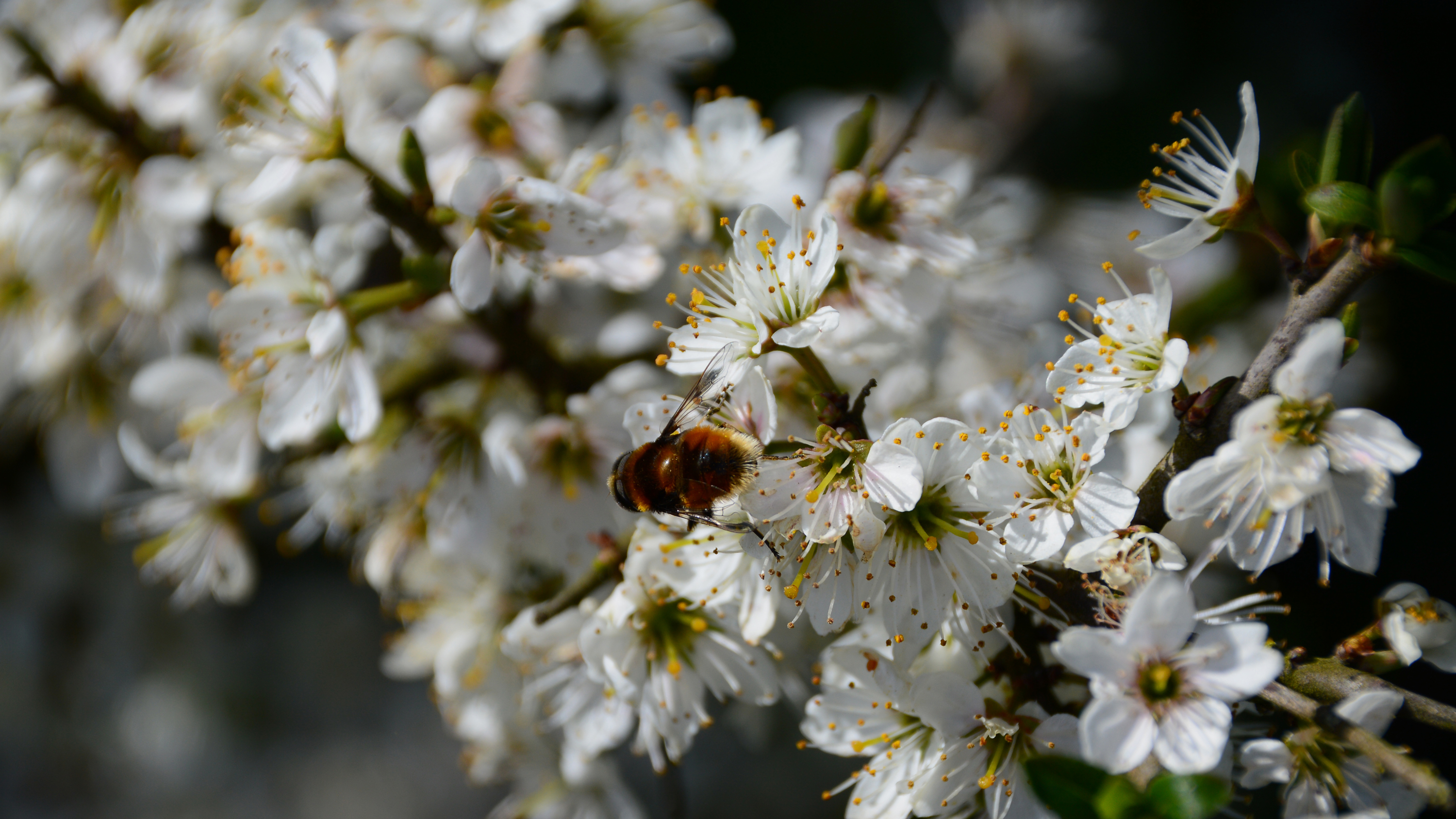This is the one flowering hedge plant you need in your garden, according to experts
If you choose just one flowering hedge plant this spring, let it be this one, say gardening experts

If you're thinking of replacing your evergreen conifer hedge with a flowering hedge plant, you just can't go wrong with hawthorn. As far as hedging plants go, hawthorn is as traditional as it gets, planted in England for centuries. And yet, it's not as popular as it once was, often overlooked in favour of more formal-looking hedging plants.
As wildlife garden ideas are becoming more and more popular, the return of the flowering hedge is a marker of how we're rethinking what our gardens are for. As gardener Arthur Parkinson recently said in a podcast conversation with garden expert Sarah Raven, 'wildlife gardening' is not 'separate from normal gardening'. You can still have a garden that looks glamorous even with plenty of wildlife-friendly adjustments. The gorgeous hawthorn plant is a perfect example of this.

Monty Don has sung the praises of hawthorn for many years; in a 2005 article, he wrote: 'It has so much going for it. For a start it is probably the cheapest woody plant you can buy, it grows fast in practically any soil or conditions, can be trimmed and shaped as you will and yet responds by always growing back thicker and stronger, has some of the loveliest blossom in the plant world, is probably the best cover for birds and insects and is the ideal density to filter the wind.'
And yet, as Monty explained, its very usefulness contributed to the decline of hawthorn's popularity: so much was planted of it in the eighteenth and nineteenth centuries that 'it has become associated with the hedgerows of open countryside rather than the kind of neatly trimmed, decorative barriers that inhabit our predominantly suburban gardens.'

- See more: Best hedge trimmer 2021 – the 9 best models for every trimming task

'Well,' says Monty, 'that is entirely the gardener's loss.' Hawthorn has one of the most alluring late-spring blossoms of any flowering hedge plants, and the foliage changes with seasons, providing rich, red colouring in the autumn. Hawthorn also attracts many types of bees, including honeybees and solitary bees, making it one of the best bee friendly plants.
And, as David Domoney explains in a blog post, hawthorn hedges 'will grow happily in all soil conditions, though don’t let the soil get too moist. You can plant them in a sunny or shady spot in either an exposed or sheltered position.'
Low maintenance, versatile, and beautiful? It's time to rewild our urban hedges with this amazing plant. And if you don't fancy hawthorn for your hedge, you can also grow in as a standalone tree in your garden.
There's more inspiration for your garden boundaries in our guide to the best fast growing hedges.
Anna writes about interior design and gardening. Her work has appeared in Homes & Gardens, Livingetc, and many other publications. She is an experienced outdoor and indoor gardener and has a passion for growing roses and Japanese maples in her outside space.
